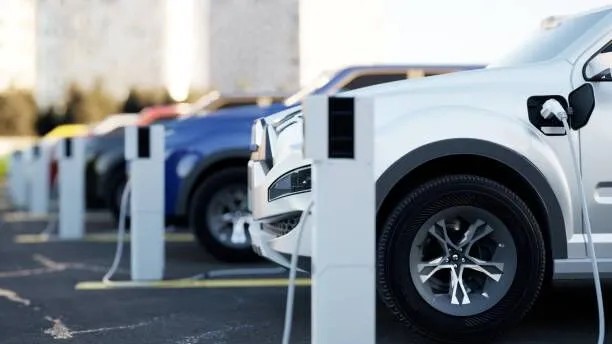


Essential Maintenance Tips for Electric Vehicles: What You Need to Know
As a professional EV charger manufacturer in China, Topper Company provides dependable electric vehicle charging stations and comprehensive solutions.
As electric vehicles (EVs) become more popular, many drivers want to understand how their maintenance compares to traditional gasoline cars. While EVs generally require less upkeep, they still need regular care to stay efficient and reliable. This guide covers the key maintenance tasks unique to EVs as well as common ones shared with internal combustion engine (ICE) vehicles.
The battery is the most critical part of an EV. According to the U.S. National Renewable Energy Laboratory, EV batteries typically last 12 to 15 years in moderate climates but may last only 8 to 12 years in extreme temperatures.
Tips for Longer Battery Life:
Avoid exposing your battery to extreme heat or cold by parking in shaded or indoor areas.
Maintain charge levels between 20% and 80% rather than frequently charging to 100% or running it down to empty.
Use fast chargers sparingly since constant fast charging can stress the battery.
Keep your EV’s software up to date to optimize battery performance.
EVs use standard brake parts but benefit from regenerative braking, which recharges the battery and reduces brake wear. Still, regular brake inspections are essential.
Brake Maintenance:
Follow your manufacturer’s service schedule.
Check brake fluid levels and replace as needed.
Watch for unusual noises or reduced braking responsiveness.
EVs have cooling systems to keep batteries and electronics from overheating, often using liquid cooling similar to ICE vehicles.
Cooling Care:
Inspect for leaks or damage.
Maintain coolant levels and replace per the schedule.
Keep cooling components clean to ensure good airflow.
EVs are heavier and deliver instant torque, which can wear tires faster than ICE cars. Proper tire care improves safety and efficiency.
Tire Tips:
Regularly check and maintain proper tire pressure.
Rotate tires as recommended to ensure even wear.
Monitor tread depth and replace tires when worn.
Get wheel alignments checked periodically.
This filter keeps the cabin air clean by trapping dust and pollutants. A clogged filter reduces air quality and HVAC efficiency.
Maintenance:
Replace the cabin air filter every 12,000 to 15,000 miles or sooner if you drive in dusty areas.
Clear visibility is vital, so keep windshield wipers and fluid in good condition.
Tips:
Inspect wipers seasonally and replace if worn or streaking.
Keep the windshield washer fluid topped up, using de-icing fluid in winter.
Keep your vehicle’s software updated to improve functionality and fix issues.
Inspect your home charging equipment regularly for damage or dirt.
Since EVs tend to be heavier, have suspension and alignment checked more often to avoid premature wear.
Proper care helps extend your EV’s lifespan, ensures better performance and range, enhances safety, and reduces the risk of costly repairs. While EVs generally require less maintenance than ICE vehicles, staying on top of these tasks will keep your electric car running smoothly and efficiently for years.
Electric vehicles provide a simpler and often more affordable maintenance experience compared to traditional gas-powered cars. By following manufacturer guidelines and regularly checking components like the battery, brakes, tires, and cooling system, you can enjoy the many benefits of EV ownership—from cost savings to environmental friendliness. Whether you’re new to electric cars or planning to switch, understanding and performing proper maintenance is key to a reliable and enjoyable ride.Know more about Google SEO Directory
